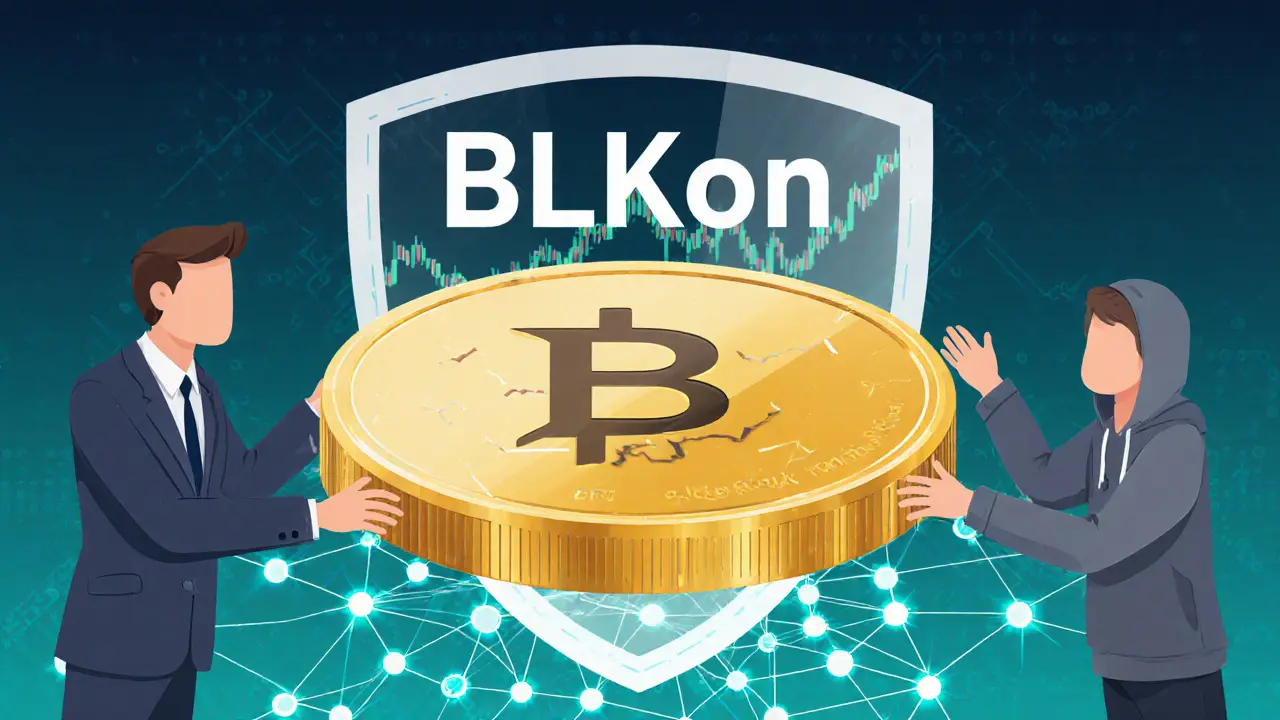BLKon is not a cryptocurrency but a tokenized version of BlackRock stock, created by Ondo Finance. It lets crypto users track BLK's price 24/7, reinvest dividends automatically, and access institutional assets on-chain - but with high risks and limited liquidity.
RWA Crypto: Real-World Assets on Blockchain Explained
When you hear RWA crypto, real-world assets tokenized on blockchain networks to create digital equivalents of physical property. Also known as tokenized assets, it lets you own a fraction of a building, a piece of farmland, or even a stream of future revenue — all recorded on a public ledger. This isn’t sci-fi. It’s happening right now, with companies turning traditional investments into tradeable tokens that move 24/7, settle in seconds, and open access to markets once locked behind banks and brokers.
RWA crypto relies on three key pieces: the physical asset, a legal framework that backs its digital form, and a blockchain that tracks ownership. tokenized assets, digital representations of real-world items like real estate, commodities, or debt. Also known as asset-backed crypto, they’re not just speculation — they’re meant to mirror the value of something tangible. That’s why they’re different from most altcoins. You’re not betting on a team or a meme. You’re buying a slice of something that already exists and generates income — rent, interest, crop yields. And because these tokens are built on blockchains like Ethereum or Polygon, they can be programmed to pay out automatically. Think of it like a smart contract that sends you rent every month without a landlord.
But not all RWA projects are real. Some just slap the label on a coin with no underlying asset. That’s where things get messy. The ones that work? They’re backed by audited property, licensed custodians, and clear legal rights. You can’t just mint a token and call it a house. It needs paperwork, regulators, and proof that the asset exists. That’s why the best RWA crypto projects partner with real estate firms, hedge funds, or government agencies. They’re not trying to replace banks — they’re making them faster, cheaper, and open to anyone with an internet connection.
What you’ll find in this collection are real cases — not hype. We’ve tracked down projects that actually delivered on tokenized real estate, exposed fake RWA coins pretending to be backed by gold or bonds, and broken down how smart contracts handle payments from physical assets. You’ll see what went wrong with failed tokenization attempts, why some platforms vanished overnight, and how regulators are starting to step in. This isn’t about future potential. It’s about what’s working now, what’s a scam, and how to tell the difference before you invest.
